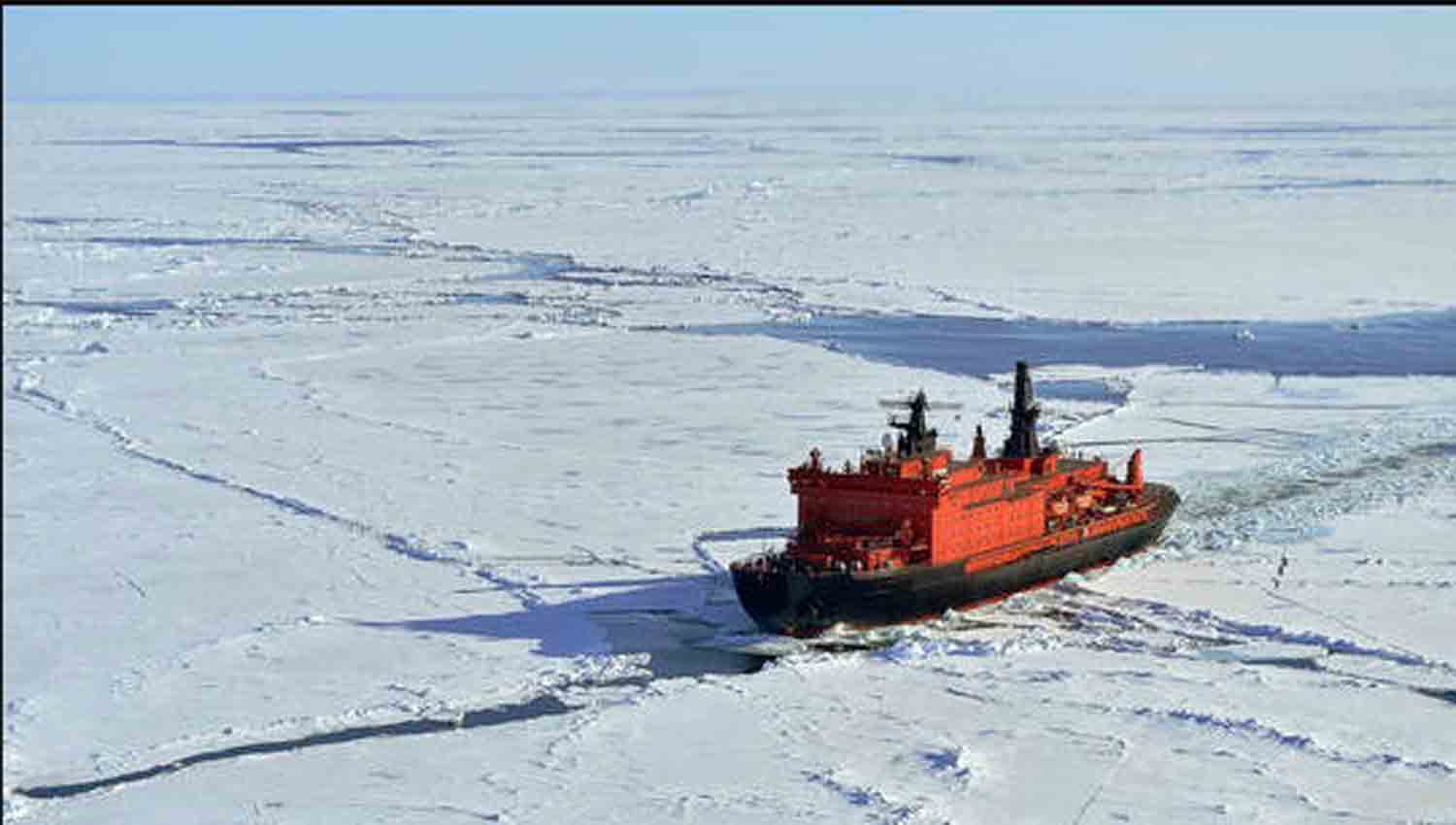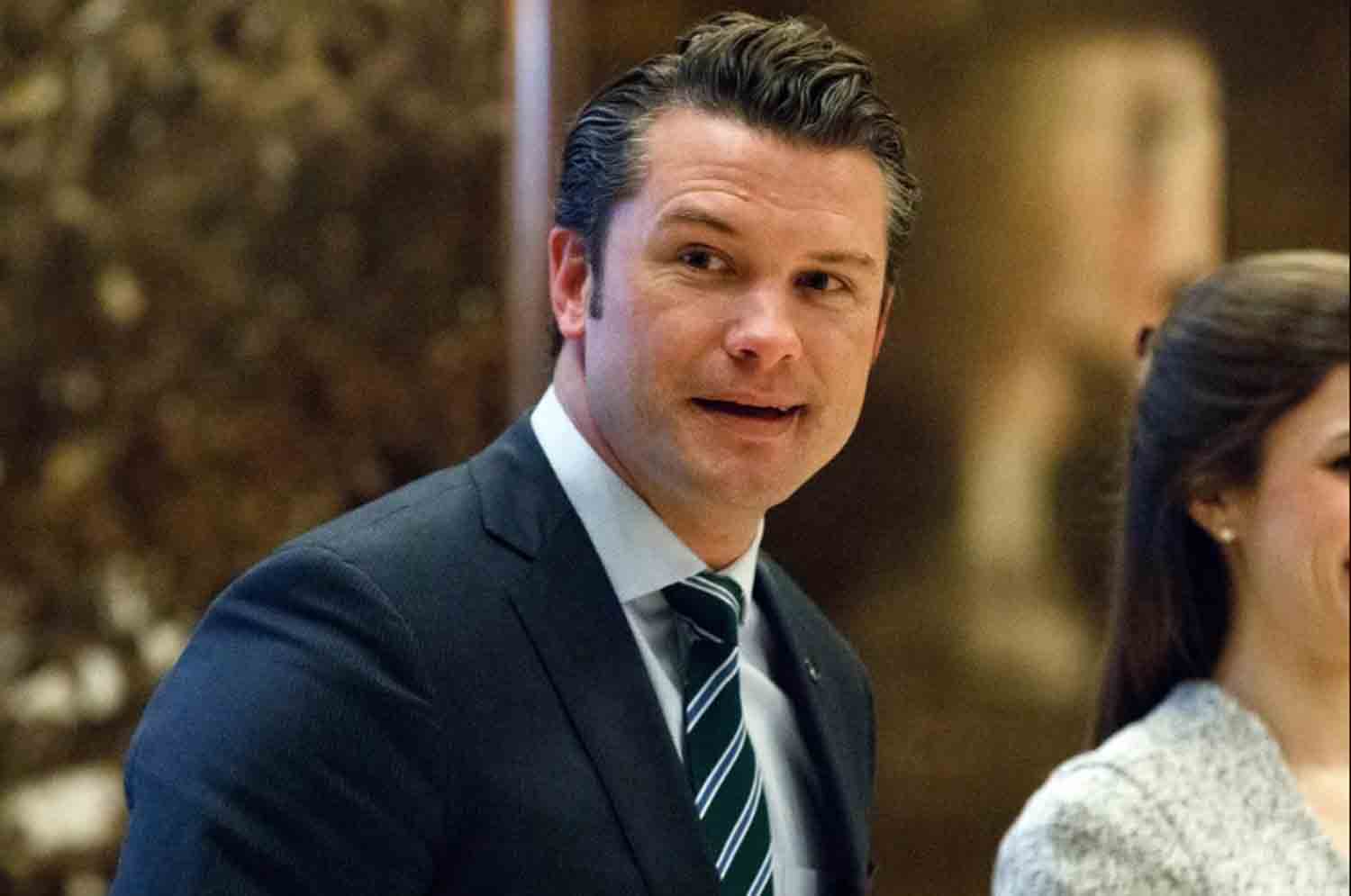The Arctic region remains largely uncharted and is acknowledged as a significant reservoir of untapped natural resources, especially oil, gas, and marine biodiversity. Historically, it has been perceived as a potential hotspot for geopolitical tensions among major powers.
Russia has consistently held a prominent position in this area. However, NATO‘s northern expansion has prompted Moscow to enhance its military presence considerably. Meanwhile, China, as a rising superpower, has demonstrated an increasing interest in Arctic issues, and India, despite its distance, has also made inroads into the region.
As the United States intensifies its confrontations with both China and Russia, these two nations have strengthened their collaboration and coordination regarding Arctic affairs.
Spanning over one-sixth of the Earth’s land area, the Arctic includes the North Pole and is marked by extensive floating ice, with some ridges reaching thicknesses of up to 20 meters. It is estimated that the region contains nearly 22% of the world’s undiscovered oil and natural gas reserves, with Russia holding 52% of the Arctic’s total energy resources and Norway accounting for 12%.
The effects of global industrialization and the rising emissions of carbon dioxide and other greenhouse gases have led to increased temperatures, resulting in accelerated glacial melting. In 2024, the minimum extent of Arctic sea ice was recorded at 4.28 million square kilometers, which is about 1.8 million square kilometers below the long-term average. The rate of sea ice loss is approximately 13% per decade, indicating that the Arctic may become ice-free during the summer months by 2040.
The implications of melting ice are significant, with the potential to elevate sea levels and pose risks to numerous island nations and coastal urban areas. Climate change and global warming have attracted global focus, as evidenced by discussions at recent events like COP29 in Baku, Azerbaijan.
In contrast to Antarctica, which is regulated by a 1959 treaty that permits only peaceful endeavors, there is no similar treaty for the Arctic region. The Arctic Council, formed in 1996, addresses matters relevant to Arctic countries, which include the United States, Canada, Denmark, Iceland, Norway, Sweden, Finland, and Russia. Countries with observer status must respect the sovereignty and jurisdiction of Arctic nations while acknowledging the comprehensive legal framework that governs the Arctic Ocean. In May 2013, India became the 11th nation to achieve permanent observer status within the Arctic Council.
Both Russia and the United States have historically maintained military installations and surveillance systems in the Arctic, including capabilities for nuclear deterrence.
Russia has been operating nuclear-powered icebreakers in the area for an extended period. While the Arctic Military Environmental Cooperation (AMEC) agreement among Russia, the US, and Norway has aided in the decommissioning of certain Soviet and US assets, the growing interest from other nations has ignited a new dynamic reminiscent of a Cold War between the two leading powers.
The previously cooperative environment has significantly declined, especially due to the geopolitical tensions arising from the Ukraine situation since 2014.
Arctic Sea Routes
The ongoing melting of ice is progressively making the Arctic region accessible for extended periods during the summer months. There are three primary routes that have the potential to transform the international commercial shipping sector in the 21st century.
The Northern Sea Route (NSR) runs along the Arctic coastline of Russia. This route experiences the earliest ice clearance, allowing for longer navigational periods. It also presents the greatest commercial opportunity, as it shortens the maritime distance between East Asia and Europe from 21,000 kilometers via the Suez Canal to 12,800 kilometers, resulting in a transit time reduction of 10 to 15 days. Historically, the NSR was heavily utilized for the extraction and transportation of natural resources during the Soviet Era.
In 2009, two German vessels, accompanied by a Russian icebreaker, completed the first commercial voyage along the NSR from Busan, South Korea, to Rotterdam, Netherlands, thereby demonstrating promising commercial viability.
The North West Passage (NWP) serves as another route connecting the Atlantic and Pacific Oceans, traversing Canada’s Arctic Archipelago, with its first use recorded in 2007. It is anticipated that this route may soon see more regular traffic. While Canada asserts it as an internal waterway, the United States and other nations argue that it constitutes an international transit passage, necessitating free and unobstructed navigation.
This route has the potential to shorten shipping distances between the Middle East and Western Europe to approximately 13,600 km, in contrast to the 24,000 km required when navigating through the Panama Canal. However, certain sections of this route are only 15 meters deep, which limits its practicality. China appears to be interested in utilizing this passage to access the eastern United States, as the Panama Canal also imposes restrictions on ship size and tonnage.
Another prospective route is the Transpolar Sea Route (TSR), which could connect the Bering Strait directly to the Atlantic Ocean port of Murmansk by traversing the central Arctic. This route remains theoretical for the time being but may become viable as climate change progresses.
Moscow’s Strategy
Russia holds the largest stake in the Arctic, a region that contributes roughly 10% to the nation’s gross domestic product (GDP) and represents 20% of all Russian exports. The Arctic has taken on increased importance in the 2023 iteration of the Kremlin’s Foreign Policy Concept, which highlights the need for peace and stability, enhanced environmental sustainability, and diminished national security threats.
The advancement of the Northern Sea Route (NSR) is a primary goal, with Russia reiterating its dedication to upholding international law in the Arctic. The Concept emphasizes the role of the United Nations Convention on the Law of the Sea (UNCLOS) in regulating interstate relations in the Arctic Ocean and indicates Russia’s willingness to engage in “mutually beneficial cooperation with non-Arctic states that adopt a constructive approach towards Russia.”
Russia’s Arctic Policy 2035, enacted in 2020, firmly establishes its claim to sovereignty and territorial integrity over the Northern Sea Route (NSR), a stance that has drawn criticism from the United States, which advocates for the NSR to be recognized as an international waterway subject to broader Freedom of Navigation Operations (FONOPs).
Moscow has issued warnings of potential force against vessels that fail to adhere to Russian regulations within the NSR. While Russia has made gestures indicating a desire for cooperation, Western narratives consistently depict the country as the antagonist in discussions surrounding the Arctic.
Emerging Influence
China, identifying itself as a “Near-Arctic State,” aims to play a significant role in Arctic affairs. In January 2018, China published its official Arctic Policy document, outlining its interests in Arctic resources and the necessity for infrastructure development for research, military, and other applications.
China’s investment in Arctic research surpasses that of the United States, and it operates a Polar Research Institute in Shanghai. The country boasts a fleet of research vessels, including two MV Xue Long icebreakers, and established the Arctic Yellow River Station in 2004. In 2018, COSCO Shipping Corporation Limited, headquartered in Shanghai, completed eight transits through the Arctic route connecting Europe and China.
China’s “Polar Silk Road,” initiated in 2018 in collaboration with Russia, seeks to improve regional connectivity. Similar to Russia, China intends to deploy nuclear-powered icebreakers in the Arctic, positioning itself as the second nation to achieve this capability. However, Denmark, with support from the United States, declined China’s proposal to acquire an old military base in Greenland and construct an international airport there.
India’s Aspirations
As an emerging global power, India is keen to establish a prominent role in the Arctic. Since July 2008, it has operated the “Himadri” permanent Arctic research station located in Svalbard, Norway. Svalbard, recognized as the northernmost permanent settlement on the planet, has a population of approximately 2,200 and is situated nearly 1,200 kilometers from the North Pole.
India’s research initiatives encompass a range of topics, including fjord dynamics, glacier studies, carbon recycling, glaciology, geology, atmospheric pollution, and space weather. In 2014, India launched an underwater moored observatory named “IndARC” in Kongsfjorden, Svalbard, with the goal of exploring connections between Arctic meteorological conditions and the southwest monsoon. Furthermore, India’s ONGC Videsh has expressed interest in investing in Arctic liquefied natural gas projects in Russia.
In March 2022, India unveiled its Arctic policy, titled “India and the Arctic: Building a Partnership for Sustainable Development.” This document delineates India’s interests, which encompass economic and resource opportunities, maritime connectivity, and strengthening its presence in the Arctic region.
The Arctic is becoming increasingly significant for New Delhi as it aims to enhance maritime trade routes to tap into additional markets for its expanding exports and ensure secure pathways for the transportation of oil and other essential goods.
India and Russia have made notable strides in advancing the 7,200-kilometer International North South Transport Corridor (INSTC), which facilitates freight movement between India, Iran, Azerbaijan, Russia, Central Asia, and Europe, thereby significantly cutting costs and transit times. Additionally, the Chennai-Vladivostok corridor has the potential to integrate into the Northern Sea Route (NSR).
Recent developments suggest that New Delhi is in talks with Moscow about the possibility of constructing icebreakers at Indian shipyards, underscoring India’s dedication to Arctic involvement and the prospects for enhanced collaboration.
Furthermore, India may consider exploring mining prospects in the Arctic region, despite widespread international calls for a halt on deep-sea mining activities. Notably, Norway is poised to be the first country to commence commercial operations in this area, a crucial step given its membership in the Arctic Council and its influential role in Arctic geopolitics.
The next great game
The Arctic region continues to draw the interest of researchers as a significant geopolitical contest unfolds. Unlike Antarctica, the Arctic states have established territorial claims under the Law of the Sea, leading to heightened discussions about great power dynamics, competition, and potential conflicts in the area, which are increasingly capturing the focus of strategic analysts.
Russia’s Northern Fleet is strategically deployed throughout the Arctic, giving it a commanding presence in the region. The United States became an Arctic nation with its acquisition of Alaska from Russia for $7.2 million in 1867. Canada and Northern European countries have considerable interests in Arctic matters, prompting the US to strengthen its alliances with these nations.
A key aspect of this geopolitical landscape is the Northern Sea Route (NSR), which provides a shipping path that is 37% shorter for cargo traveling from London to Yokohama, Japan, compared to the Suez Canal. Russia aims to capitalize on this economic opportunity by developing a comprehensive support infrastructure along its Arctic coastline. Moscow views the US and its NATO allies as challenges to its ambitions in the Arctic.
As the competition in the Arctic intensifies, Russia’s resource-driven economy is at the forefront of exploitation efforts, having secured rights to approximately 1.7 million square kilometers of seabed. Additionally, Russia has revitalized several military bases from the Soviet era and enhanced its naval capabilities, now operating seven nuclear-powered icebreakers along with around 30 diesel-powered vessels. In contrast, both the US and China have only two diesel-powered icebreakers each. NATO has also increased military exercises in the Barents Sea and Scandinavian regions.
China perceives the Arctic as a crucial reservoir of energy and mineral resources, whereas India advocates for a cooperative regional strategy instead of conflict. However, the escalating global rivalry among the US, Russia, and China is already producing significant repercussions.
Although the US is recognized as the leading global superpower, Russia has established itself as the dominant force in the Arctic region. With strong connections to Russia and a recent acquisition of four icebreakers, India is strategically positioned to contribute meaningfully to Arctic matters. It is essential for India to remain actively involved and solidify its presence in the Arctic.
Discover more from Defence Talks | Defense News Hub, Military Updates, Security Insights
Subscribe to get the latest posts sent to your email.





